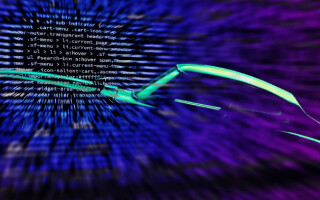ByteSnap’s “Periodic Table” Provides Guide to Embedded Systems Terminology
September 15, 2021
News

Embedded systems make our lives easier. These microprocessor-based small computer hardware systems with software are at the heart of most electronic devices from humble microwaves to complex weapon systems. Despite the technology having been around for more than 30 years, it’s always handy to have the key terms in one place for reference to brush up your memory or broaden your knowledge.
Embedded systems consultancy ByteSnap Design has created a free online periodic table of commonly used embedded systems terminology to explain jargon, acronyms, and tech terms. It contains 118 terms every embedded engineer, whether just starting out or already experienced, should be familiar with. Terms in the embedded systems periodic table include:
Beam Forming: DSP (digital signal processing) algorithm that uses an array of microphones (can be from 2 mics to hundreds) to reject noise and increase directional sensitivity. Typical applications are smart speaker devices at home and sound bars.
Git: Originally developed by Linus Torvalds for development of the Linux kernel. Unlike other revision control technologies (which rely on a centralized repository to store file history information), Git supports multiple repositories (typically used via a 'local' and 'remote' repository), allowing users to perform version tracking independently of a connection to a central server.
Logic Analyser: This is a multi channel piece of test equipment with digital inputs that can display upward of 16 signal states at once against time. Modern logic analysers have functions to decode common serial protocols, e.g. I2C, SPI, and can have complex trigger functions. These are used by software engineers for low level debugging.
Python: Another scripting language, designed with the intention of making both programming and development easy. As such, it has dynamic typing, allows programmers to automatically define variables and the flow of the program is controlled by indents, rather than the brackets of C-like languages.
Time of flight: ToF sensors are a broad term encompassing any sensor that measures distance based on the time taken for an emitted signal to be received by itself. They can operate in either a direct mode where a short pulse is sent and received or indirect where a continuous transmission is compared for phase difference.
Clicking on a cell in the interactive periodic table will reveal the meaning of the corresponding tech term.
ByteSnap’s EV division Versinetic also launched an EV periodic table of terms recently.
For more information, visit ByteSnap Design.





